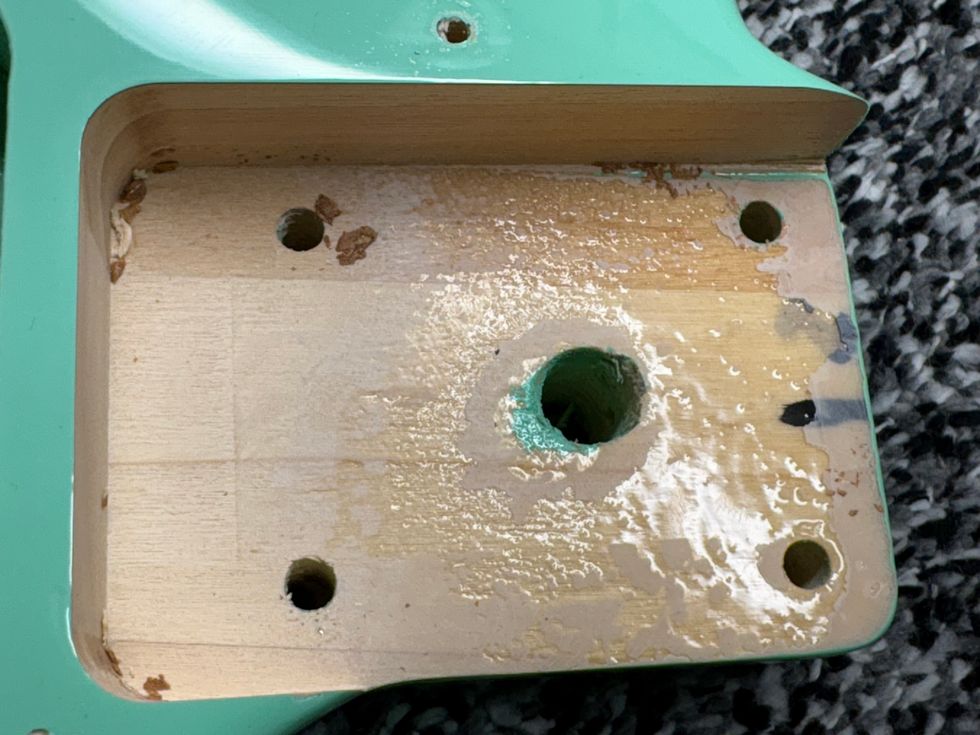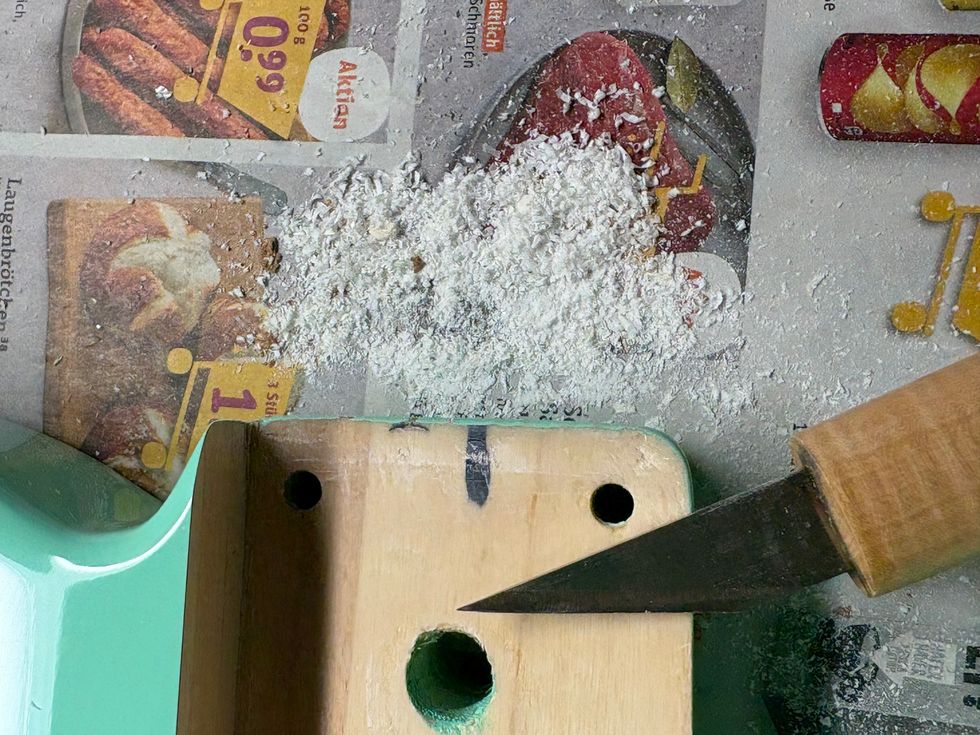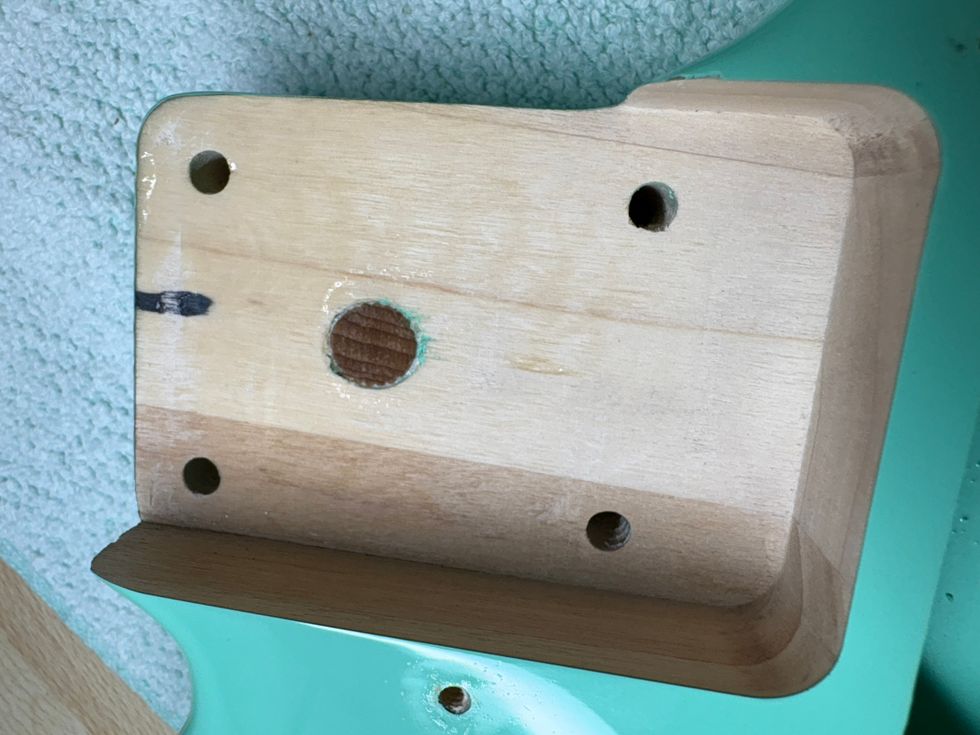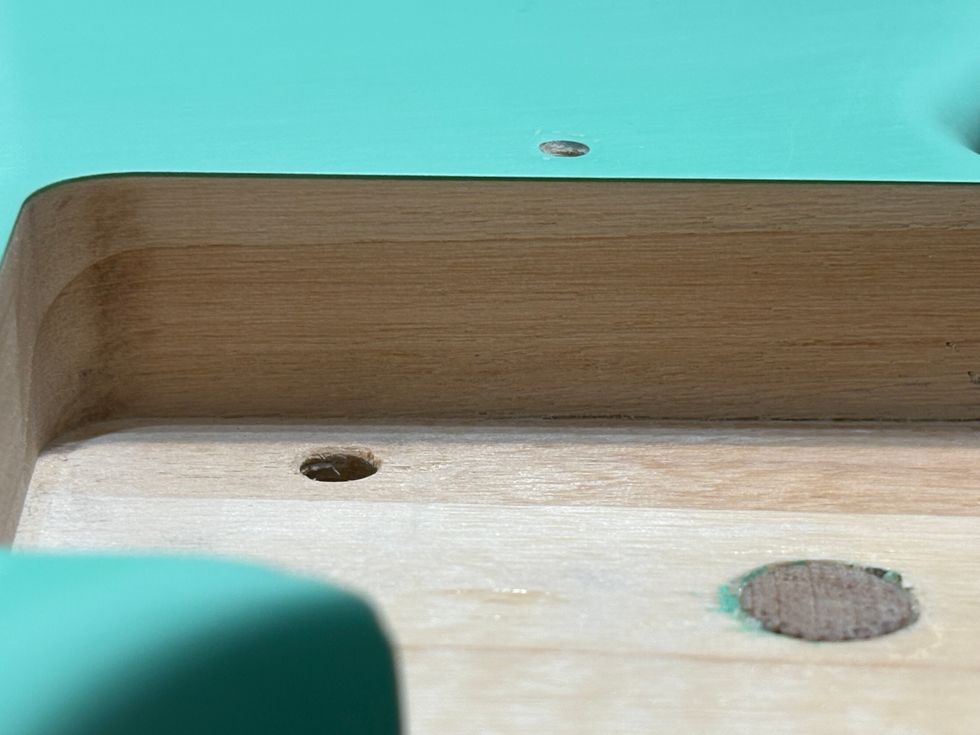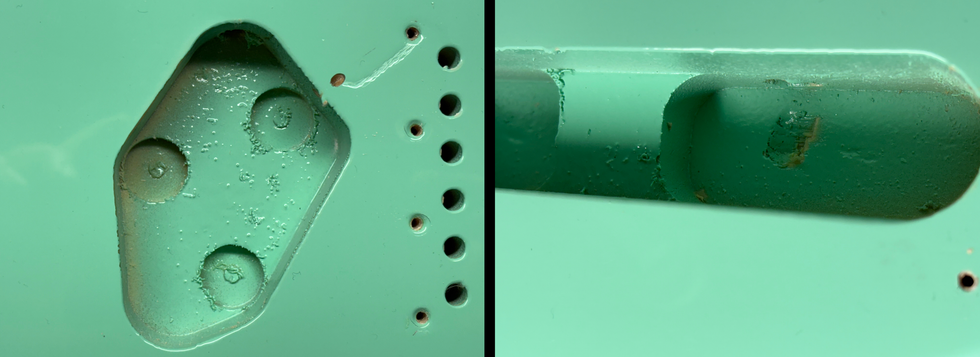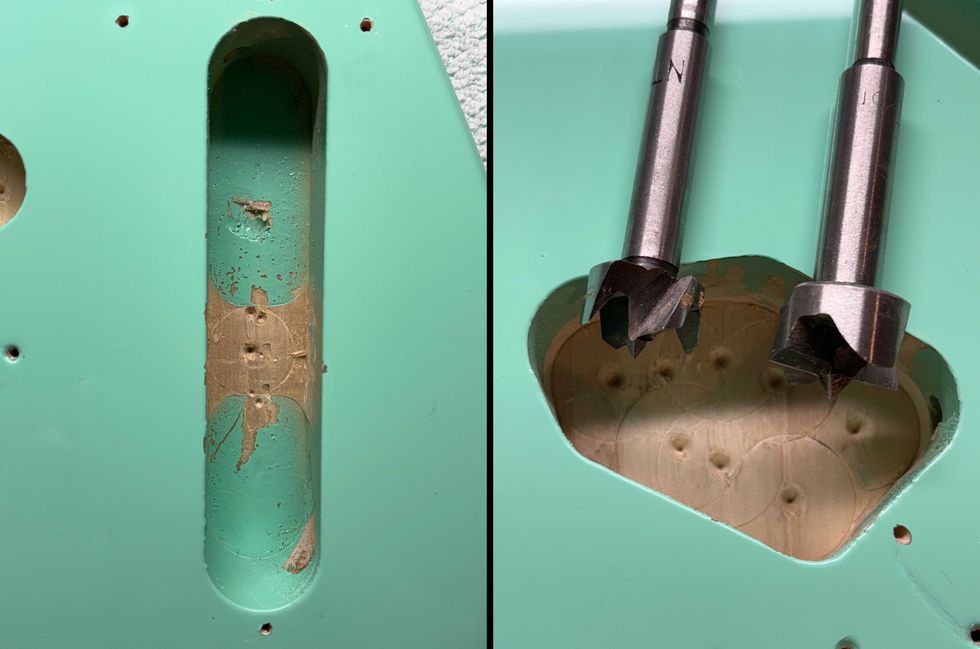Have you noticed more guitars are being designed with only one pickup? Fender's La Cabronita Telecaster and Tom Delonge Strat, as well as Gibson's classic Les Paul Junior and Melody Maker, are among the many models available with only one pickup. Plenty of other companies are following this trend, too. We explored single-pickup guitars in my series on Esquire wirings, but I receive lots of emails asking about other single-pickup wiring schemes, so that's what we'll focus on in this column.
We've talked about wiring up a 4-conductor humbucker before, and also dealt with coil-split versus parallel wiring, so now you can apply this knowledge to hot-rodding a guitar with a single humbucker. This 4-conductor humbucker can be located in either the neck or bridge position—all you'll need is access to the start and end of each of the two coils.
Here's the special sauce: Instead of adding an extra toggle switch to squeeze out all possible tones, we'll simply use a standard Telecaster 3-way pickup selector. You can use the switching matrix of this blade-style selector to substitute for a 2PDT on-on-on toggle switch, which is the standard way to get all three possible sounds out of a 4-conductor humbucker. The wiring of the blade-style 3-way switch only needs a little twist and you're done. We'll end up with a single humbucker wiring that yields three sounds, plus master volume and master tone. How cool is that?
each of the two coils.
Let's review. A 4-conductor humbucker offers three potential configurations: standard humbucker wiring (both coils together in series), single-coil-sounding humbucker wiring (both coils together in parallel), and coil-split humbucker wiring (splitting to the south or north coil).
Option 1 is the factory standard for all traditional 2-conductor humbuckers. It's also the way almost every guitar that's loaded with one or more humbucker pickups is configured. It produces a warm, loud, and fat tone with maximum output, and the hum-cancelling function is engaged.
Option 2 gives you a quasi-single-coil tone, but retains the hum-cancelling function. You don't get a crystal-clear Strat or Tele tone, but to me it's at least in the ballpark—maybe closer to a P-90 than a standard single-coil.
Option 3 splits the humbucker in half, shunting one coil to ground and leaving the other coil engaged like a true single-coil pickup. In this mode, the hum-cancelling function is defeated, so you're subject to hum and noise, just as with any single-coil. But don't expect a true Strat or Tele tone from this option. (If that's your goal, there are humbuckers made from two real single-coil pickups. The downside of this special breed is they don't sound great as a full humbucker. As always, it's about compromise.)
Diagram courtesy of singlecoil.com
Here's an important consideration: Splitting to the humbucker's south coil, which is the screw side, is only recommended for a neck humbucker. Splitting to the north coil, which is the slug side, is recommended for a bridge humbucker, because it yields a fuller sound compared to the screw side.
As usual, I'll use the Seymour Duncan humbucker color code to illustrate the wiring. For other humbuckers, a little research will help you translate the Duncan code into that used by the manufacturer of your pickup. You can apply this wiring to virtually any guitar with a single 4-conductor humbucker and a standard 3-way Tele switch.
Fig. 1 is for a bridge humbucker that splits to the north coil, which is the slug side.
Fig. 2 shows the version for a neck humbucker. Here we're splitting to the south coil, which is the screw side.
That's it, folks! Next time, we'll continue with a very flexible mod for all dual-humbucker guitars. Until then ... keep on modding!


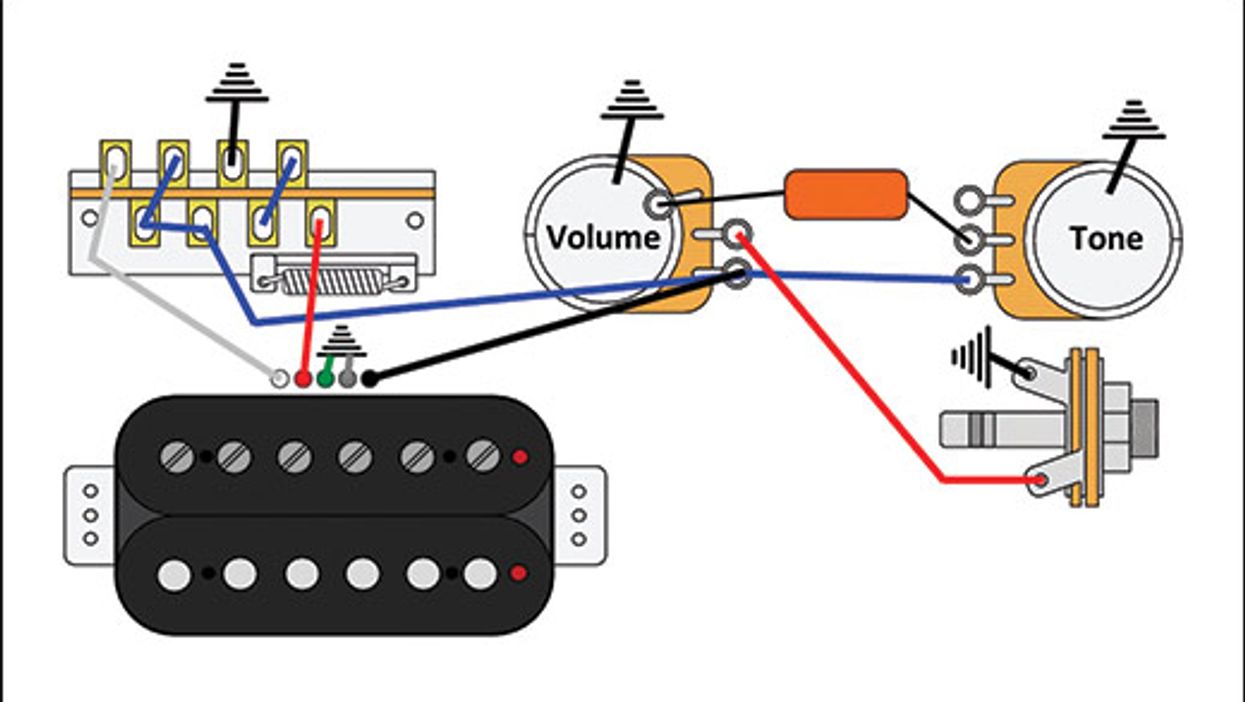

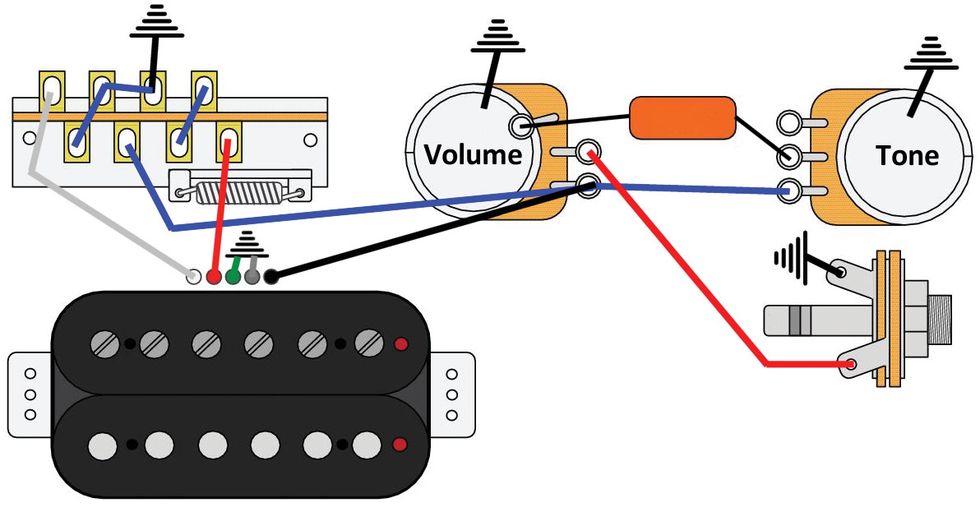

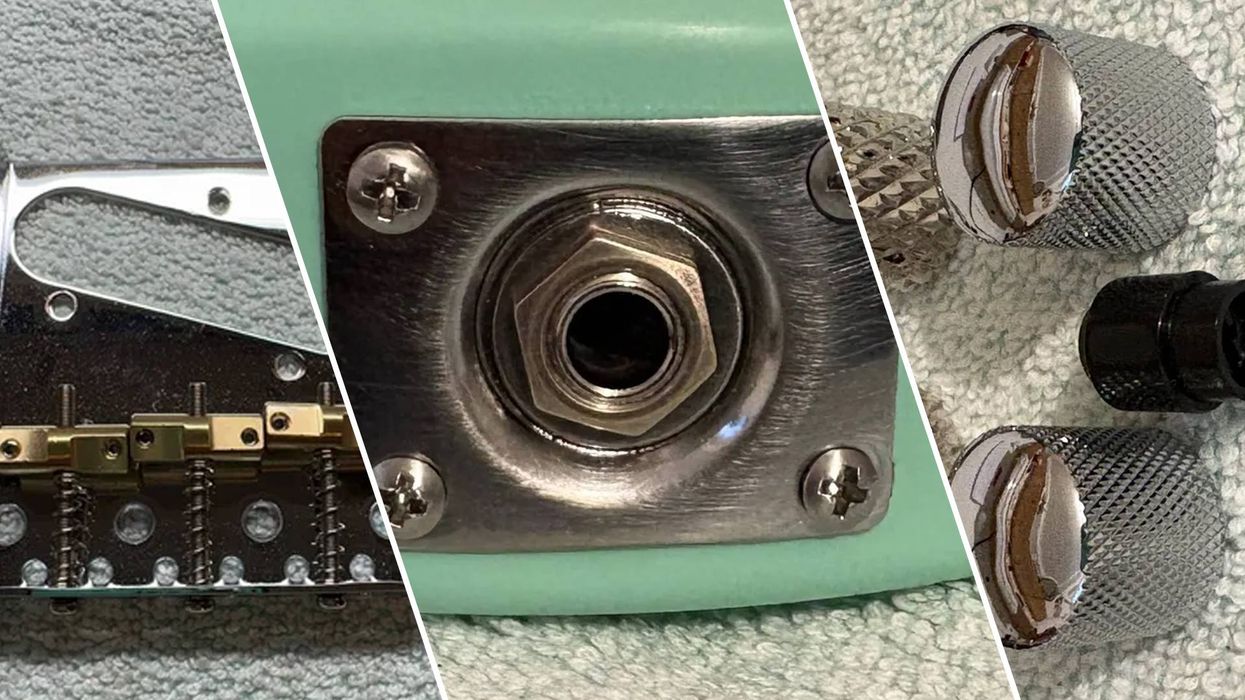











![Rig Rundown: Russian Circles’ Mike Sullivan [2025]](https://www.premierguitar.com/media-library/youtube.jpg?id=62303631&width=1245&height=700&quality=70&coordinates=0%2C0%2C0%2C0)


